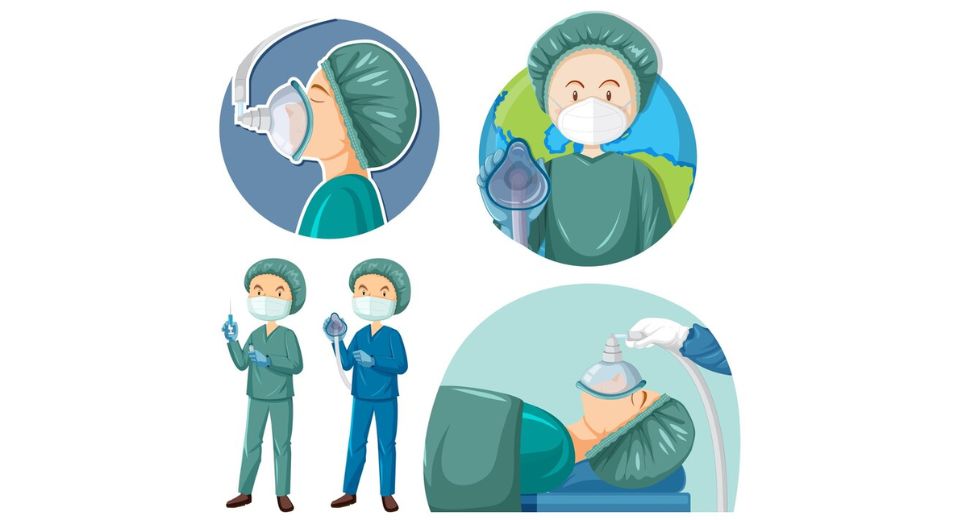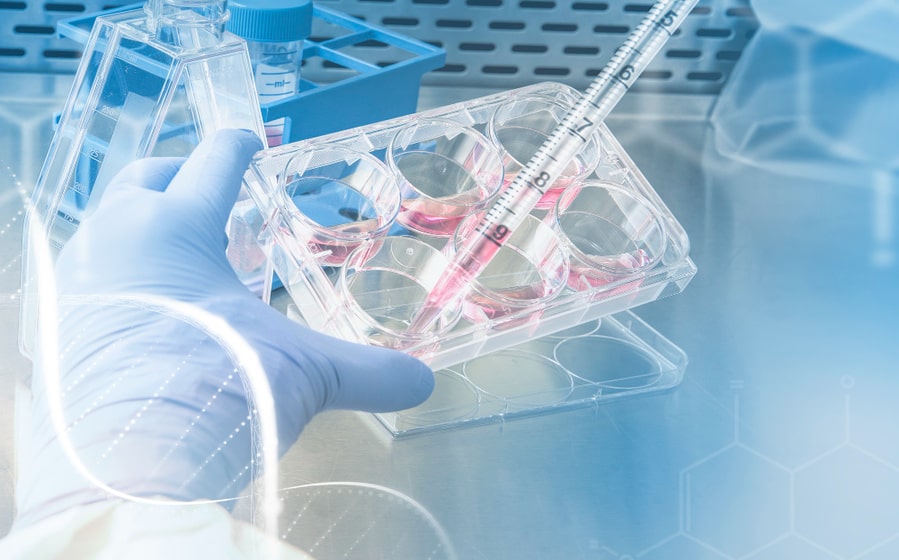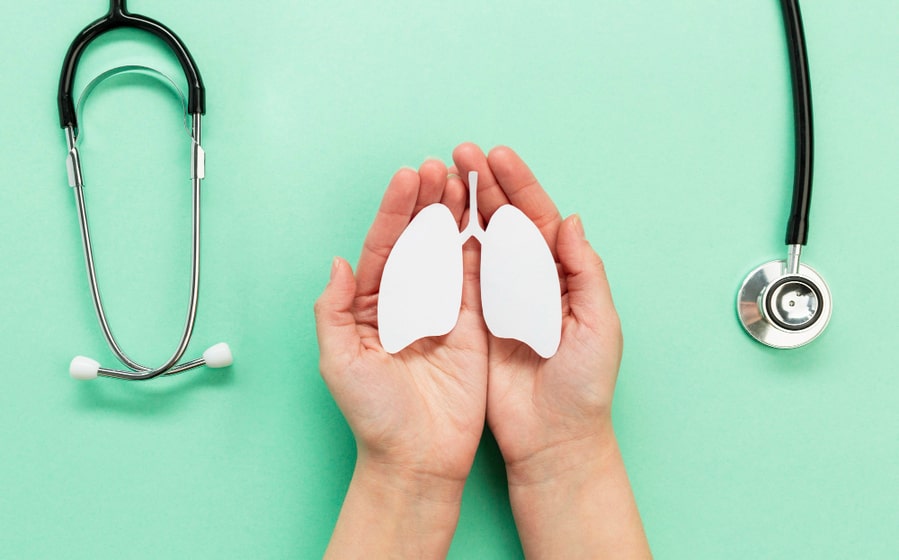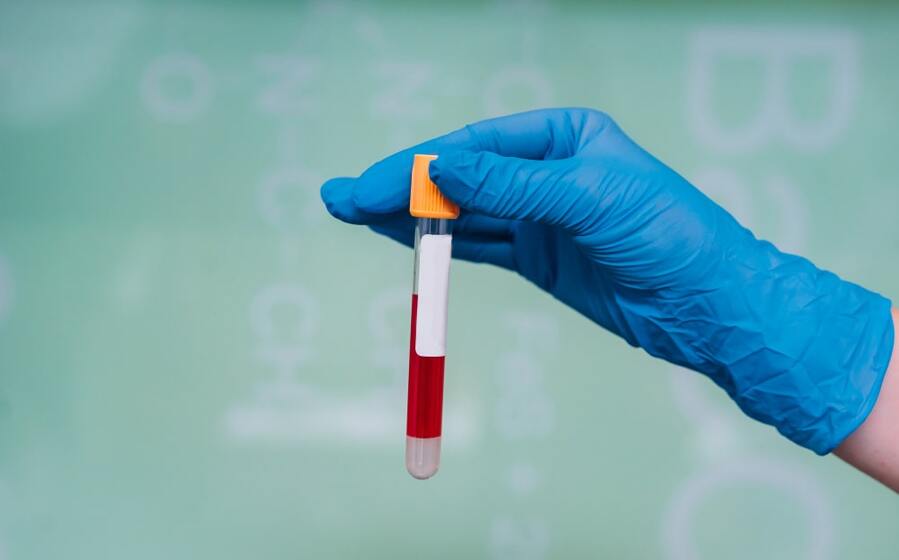MARKET OVERVIEW
The Global Carbon Dioxide Absorber market, often referred to simply as the CO2 absorber market, is a transformative sector gaining substantial momentum and visibility in recent years as the world grapples with the escalating crisis of climate change. Unlike many other industries, the CO2 absorber market is not one that can be categorized as ever evolving or pivotal for it has already solidified its place as a linchpin in the battle against rising carbon emissions.
Understanding the essence of the CO2 absorber market necessitates a dive into its core principles and real-world applications. The essence lies in its role as a critical instrument in the quest to reduce atmospheric carbon dioxide levels, a primary driver of climate change. While the intricacies of the market may seem daunting at first glance, its fundamental purpose is refreshingly straightforward – to develop, manufacture, and distribute technologies designed to capture and mitigate carbon dioxide emissions, preventing their release into the atmosphere.
This market encompasses a diverse array of technologies, each with its own unique approach to the same overarching goal. Among these, one can find chemical absorbents, such as amine-based solvents or solid adsorbents like zeolites, as well as technological solutions like carbon capture and storage (CCS) and direct air capture (DAC) systems. Each technology has a distinct set of advantages and drawbacks, but all share the common objective of curbing the harmful impact of carbon dioxide on the environment.
The significance of the CO2 absorber market is further magnified by its critical role in various sectors, including but not limited to energy production, industrial manufacturing, and transportation. In the energy sector, carbon capture technologies enable the utilization of fossil fuels while minimizing their environmental impact. In the industrial sector, CO2 absorbers are being adopted to neutralize emissions from manufacturing processes, reducing the carbon footprint of products. Furthermore, in the realm of transportation, carbon capture solutions have the potential to revolutionize the way we view emissions from vehicles, promising to mitigate the environmental cost of our modern, mobile lifestyles.
Notably, the CO2 absorber market isn't a mere concept in the abstract; it's a tangible, burgeoning industry that is gaining significant traction. Innovations and breakthroughs are constantly shaping the landscape of this sector. Governments, industries, and investors are pouring resources into research and development to create more efficient, cost-effective, and scalable carbon capture technologies. Start-ups, as well as established companies, are actively participating in this transformative field.
The global carbon dioxide absorber market is also influenced by shifting environmental regulations and the growing public awareness of climate change issues. Countries worldwide are setting ambitious targets to reduce carbon emissions, spurring demand for carbon capture technologies. Investors are eyeing opportunities in the green economy, recognizing the potential for significant returns in a market that addresses a global challenge.
Global Carbon Dioxide Absorber market is estimated to reach $149.4 Million by 2030; growing at a CAGR of 7.1% from 2023 to 2030.

GROWTH FACTORS
The Carbon Dioxide Absorber market is on the rise, and several factors are driving its growth. One of the primary drivers is the increasing demand for surgical procedures. These absorbers play a crucial role in complex surgeries by reducing anesthetic waste and promoting reuse. As the number of surgeries performed worldwide continues to grow, the need for efficient gas use has become more pronounced, further boosting the demand for carbon dioxide absorbers. This demand is not limited to planned surgeries; emergency surgical procedures for trauma care also contribute to the market's growth.
Another significant driver is the increasing investments made by governments in advanced public hospitals and healthcare facilities. This investment has led to the adoption of closed-circuit anesthetic systems, which, in turn, increases the demand for carbon dioxide absorbers. Several countries, including the United States, China, Saudi Arabia, and India, are heavily investing in new hospital projects, which is propelling the market forward.
However, it's essential to note that there are restraints to this market's growth. Carbon dioxide absorbers can potentially react with anesthetic products, posing challenges. Some anesthetic agents may react unfavorably with these absorbers, leading to possible toxicity and renal injuries. Furthermore, the high temperatures resulting from these reactions might even lead to explosions in healthcare settings. Detecting exhaust absorbers can also be challenging, which can potentially harm patient care.
Despite these restraints, there are market opportunities that cannot be overlooked. The growing geriatric population worldwide is driving the need for carbon dioxide absorbers in medical care. Hospitals and elderly care clinics are increasingly investing in anesthetic equipment for elderly patients, creating new product sale opportunities. The rise in geriatric admissions and the establishment of dedicated facilities further increase the demand for carbon dioxide absorbers. This aging population is a significant market driver, and it opens doors for companies in the industry to cater to the specific needs of this demographic.
MARKET SEGMENTATION
By Type
The Carbon Dioxide Absorber market is an intriguing landscape influenced by various factors that drive its dynamics. One of the fundamental drivers of this market is the segmentation by types, namely Flake Round Particles, Columnar Particles, and Spherical Particles.
The Flake Round Particles segment, having reached a value of 12.9 USD Million in 2021, is a notable contributor to the Carbon Dioxide Absorber market. These particles possess characteristics that make them a preferred choice in certain applications. Their shape and properties align with specific requirements, which in turn, drives their demand.
On the other hand, the Columnar Particles segment, valued at 34.8 USD Million in 2021, signifies a significant share of the market. These particles offer distinct advantages and find their utility in various applications, contributing to their substantial market value. Their unique features and suitability in specific contexts propel their demand.
The Spherical Particles segment, with a value of 33.2 USD Million in 2021, also plays a pivotal role in the Carbon Dioxide Absorber market. Spherical particles have their own set of characteristics and advantages that cater to the needs of different industries and applications. Their market value reflects their importance in the overall landscape.
In essence, the Carbon Dioxide Absorber market is significantly shaped by these different types of particles, each finding relevance and demand in distinct settings and applications. Their specific properties and functionalities make them market drivers, contributing to the overall growth and dynamics of the market.

By End User
The Carbon Dioxide Absorber market is influenced by several key market drivers. Among these, the end user segment plays a pivotal role in shaping the market landscape. The end user segment is a critical factor that can significantly impact the demand and growth of carbon dioxide absorbers. In 2021, the end user segment saw distinct contributions from various sectors, including hospitals, clinics, and others.
Hospitals stood out as a major contributor to the market, with a valuation of 60.4 USD million in 2021. This significant figure reflects the importance of carbon dioxide absorbers in hospital settings. The healthcare sector, particularly hospitals, relies on these absorbers for various medical procedures, including surgeries and anesthesia administration. The need for efficient carbon dioxide removal in medical environments makes hospitals a substantial consumer in the market.
The clinic segment, although smaller in comparison, also played a noteworthy role, with a value of 14.6 USD million in 2021. Clinics, like hospitals, require carbon dioxide absorbers for specific medical applications. These settings often deal with outpatient procedures, examinations, and treatments. Carbon dioxide absorbers are integral in maintaining a controlled and safe environment for both patients and healthcare professionals in clinics.
The other segment, valued at 5.8 USD million in 2021, represents various end users beyond hospitals and clinics. This category encompasses a range of settings and applications where carbon dioxide absorbers find utility. It includes research laboratories, dental clinics, and veterinary facilities, among others. While individually, these end users may have smaller contributions, collectively, they add diversity to the market demand.
The significance of these end user segments highlights the versatile nature of the carbon dioxide absorber market. The adaptability and relevance of these absorbers across diverse healthcare settings demonstrate their essential role in ensuring the safety and effectiveness of medical procedures. As the healthcare sector continues to evolve and expand, the demand for carbon dioxide absorbers is expected to grow, with each end user segment contributing to the market's overall dynamics.
The Carbon Dioxide Absorber market is strongly influenced by its end user segments, with hospitals, clinics, and others playing distinct and crucial roles. The market drivers in these segments reflect the critical need for efficient carbon dioxide removal in various healthcare settings, ensuring the safety and success of medical procedures. As the healthcare industry advances, the carbon dioxide absorber market is likely to witness further growth and diversification, driven by the evolving demands of these key end users.
REGIONAL ANALYSIS
The global Carbon Dioxide Absorber market is segmented based on geography, primarily into North America, Europe, and several other regions. This geographical division plays a pivotal role in understanding market dynamics and trends.
North America, a key player in the global market, witnesses significant demand for Carbon Dioxide Absorbers. This demand can be attributed to the robust presence of industries, healthcare institutions, and laboratories that extensively use these absorbers. The region's stringent environmental regulations and growing awareness of the need for clean air contribute to the market's growth. In addition, advanced healthcare facilities and a focus on research and development activities further bolster the demand for these absorbers.
Europe, another significant market for Carbon Dioxide Absorbers, also experiences steady growth. The region's emphasis on sustainable practices and the reduction of carbon emissions drives the adoption of these absorbers across various industries. Moreover, the well-established healthcare infrastructure and research facilities in Europe lead to a continuous requirement for these absorbers in medical and laboratory applications.
It's important to note that while North America and Europe are prominent markets, other regions also contribute to the global Carbon Dioxide Absorber market. Asia-Pacific, for instance, shows promise with its expanding industrial sector and increasing investments in healthcare. Similarly, the Middle East and Africa region exhibits a rising need for Carbon Dioxide Absorbers as industries expand and environmental concerns gain importance.
COMPETITIVE PLAYERS
The Carbon Dioxide Absorber industry boasts key players who contribute significantly to its growth and development. Two prominent names within this industry are Ge Healthcare and Draeger Medical. Ge Healthcare, a renowned company in the medical equipment and device sector, has a significant presence in the Carbon Dioxide Absorber industry. Ge Healthcare's expertise and innovation have led to the production of high-quality carbon dioxide absorbers. These absorbers are essential components in various medical equipment, ensuring the safe removal of carbon dioxide during medical procedures. The company's commitment to research and development has resulted in efficient and reliable absorbers that meet the stringent requirements of the healthcare sector. Draeger Medical, another key player in the Carbon Dioxide Absorber industry, is a leading provider of medical and safety technology. Draeger's contributions to the industry include advanced carbon dioxide absorbers that are widely used in anesthesia and critical care settings. These absorbers play a crucial role in maintaining the appropriate levels of carbon dioxide in a patient's breathing circuit. Draeger's products are known for their precision and durability, making them a trusted choice for medical professionals worldwide.
Both Ge Healthcare and Draeger Medical exemplify the importance of innovation and quality in the Carbon Dioxide Absorber industry. Their commitment to providing safe and effective solutions contributes significantly to the advancement of medical care and underscores the critical role played by key industry players in ensuring the well-being of patients.
Carbon Dioxide Absorber Market Key Segments:
By Type
- Flake Round Particles
- Columnar Particles
- Spherical Particles
By End User
- Hospital
- Clinic
- Others
Key Global Carbon Dioxide Absorber Industry Players
- Ge Healthcare
- Draeger Medical
- Smiths Medical
- Intersurgical
- Allied Healthcare
- Vyaire Medical
- Armstrong Medical
WHAT REPORT PROVIDES
- Full in-depth analysis of the parent Industry
- Important changes in market and its dynamics
- Segmentation details of the market
- Former, on-going, and projected market analysis in terms of volume and value
- Assessment of niche industry developments
- Market share analysis
- Key strategies of major players
- Emerging segments and regional growth potential








 +91 73850 57479
+91 73850 57479





